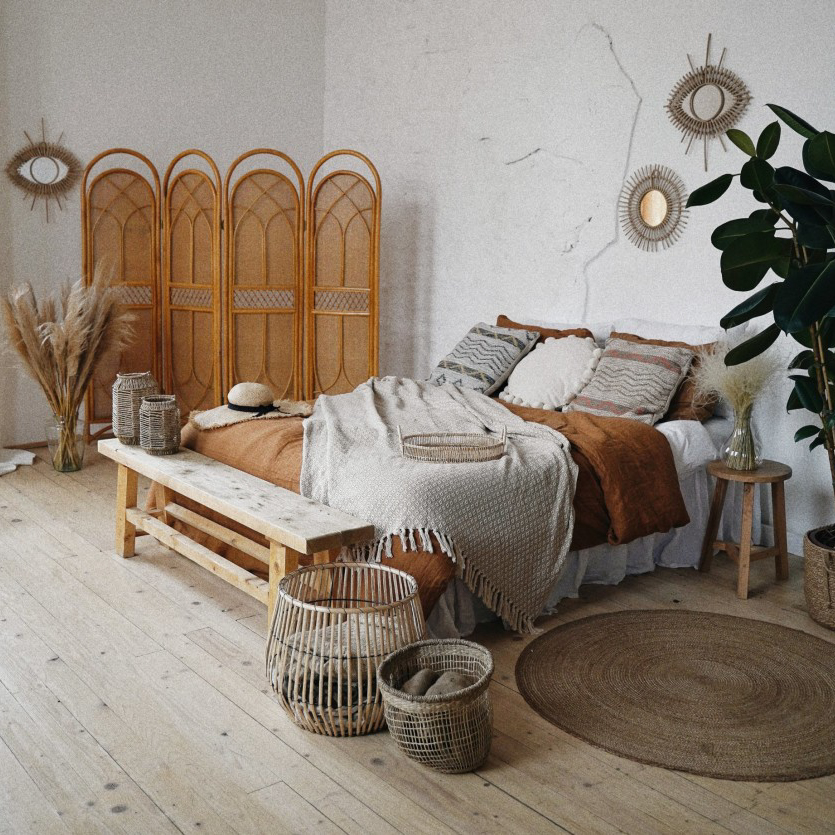
The temperature of the air around you varies according to where you live, the season, and your personal preference. However, there are some standard temperatures that most people agree on. One is room temperature, usually referred to as 71 degrees Fahrenheit and about 23 degrees Celsius. This number is used in science and to set thermostats at homes or offices.
Thermometers are the most common device to measure room temperature. They come in different forms, including liquid and digital. A liquid thermometer uses a container of liquid, often mercury, which rises when it is heated. It is read using a calibrated tube that allows you to see the measurement.
A digital thermometer, which is less common but still available in some stores, has a small sensor that is attached to a wire. The sensor sends an electrical signal to a display, which tells you the temperature in Fahrenheit or Celsius. These thermometers are easy to use and are relatively accurate.
Some scientists use the term ambient temperature to describe a range of temperatures that is neither too hot nor cold for human habitation. This definition is based on the idea that an environment should be comfortable for people in normal clothing, without either burning up or shivering.
Despite this distinction, many people don’t make a clear division between the two concepts of temperature. In the case of scientific experiments, a few degrees of difference won’t likely make any difference to what an experiment is trying to determine. However, some scientists will insist on using the term room temperature to refer specifically to the temperature in which most natural processes occur.
Whether you prefer to measure room temperature in Celsius or Fahrenheit, the actual temperatures that you choose will depend on your preferences and on the specific needs of your family. For example, infants and children need a lower room temperature than adults do. Women also tend to feel more comfortable at warmer temperatures than men. This is because of differences in the way that men and women produce heat. It’s important to try and find a setting that is both comfortable and safe for all members of your household. It might take a little experimentation to get there, but you’ll be able to find the right balance.

